Psilocybe Cubensis: The Only Magic Mushroom You’ll Ever Need?
It’s hard to beat a psilocybe cubensis, or “cubes,” as they’re called by those who enjoy them.
Just ask Oregon. The state has made history by becoming the first where people are able to sit with a guide and eat some mushrooms.
Interested in joining a Psychedelics Clinical Trial? Sign up here now and we will connect you with a clinical trial in your area when one becomes available.
But you aren’t able to consume just any psilocybin containing mushrooms. Want to try blue meanies during your therapy session? Sorry, those are Panaeolus cyanescens. How about flying saucer mushrooms? Nope, those are Psilocybe azurescens. What about any of the other 200 strains of psilocybin-containing mushrooms? Again, no — it’s psilocybe cubensis or nothing in Oregon.
But don’t worry, there’s a reason why they are the most common – and beloved – psychedelic mushroom in the world.
RELATED: Oregon has legalized Psilocybin therapy. Click here to get on the waiting list for the first state-approved psilocybin therapy in the United States now!
Why Oregon Chose Psilocybe Cubensis
When Oregon was making its rules about which types of mushrooms to include in its program, they realized cubensis have a lot going for them. Cubes have the widest data set – meaning they’ve been widely studied for decades. And they have a very good safety profile–meaning: their upsides and downsides are well-known.
What about other types of psilocybin-containing mushrooms? Oregonians raised concerns that there wasn’t enough data on those. And they worried that if people picked the wrong kind of mushrooms from the Oregon woods, there could be negative effects like wood lovers’ paralysis–a muscle weakness occasionally caused by picking mushrooms that grow on wood.
Are Cubes All You Need?
Oregon’s decision to use only psilocybe cubensis mushrooms is logical. Cubes -– arguably -– have everything you could ever need in a mushroom.
On the one hand, cubensis are standard – they’re one species that are resilient, and relatively easy to cultivate. Cubensis grow all over the world, in warm places and cool, in high humidity and low.
On the other hand, cubensis show incredible variety. Depending on the strain, they can look different and feel different and have different characteristics. They can be tall and skinny or short, fat and bulbous.
The popularity of cubensis goes far beyond Oregon. Most mushroom retreats use cubensis. Most gray market vendors in places like Oregon, Oakland and Colorado sell mostly cubensis. When people grow mushrooms to extract the psilocybin, they mostly grow cubensis.
We have compiled this guide on Psilocybe cubensis mushrooms, covering all aspects of them, from their cultural history to their appearance to their potency. We also take a look at the legal status of these mushrooms, noting where they are decriminalized and legalized.
At the end of this guide, you’ll have an understanding of what makes Psilocybe cubensis a unique species of mushroom and how it differs from the other commonly used (and less commonly used) types of psychedelic mushrooms.
Interested in joining a Psychedelics Clinical Trial? Sign up here now and we will connect you with a clinical trial in your area when one becomes available.
The Use Of Psilocybe Cubensis In Pre-Columbian Mesoamerica
Psilocybe cubensis, formerly known as Psilocybe stropharia, have a long history of use, with people belonging to pre-Columbian Mesoamerican cultures using them for their hallucinogenic properties. These people used other species of psilocybin mushrooms as well, including P. semilanceata, Psilocybe mexicana, P. aztecorum, and P. caerulescens.
Religious practices involving these mushrooms extended from the Valley of Mexico to the rest of Central America, with such use believed to be at least 3,500 years old.
The ancient Maya consumed Psilocybe cubensis, which they called “k’aizalaj Okox”. The Huastec, Totonac, Mazatec, and Mixtec peoples also consumed these mushrooms.
RELATED: McKennaii Mushrooms (Psilocybe Cubensis)
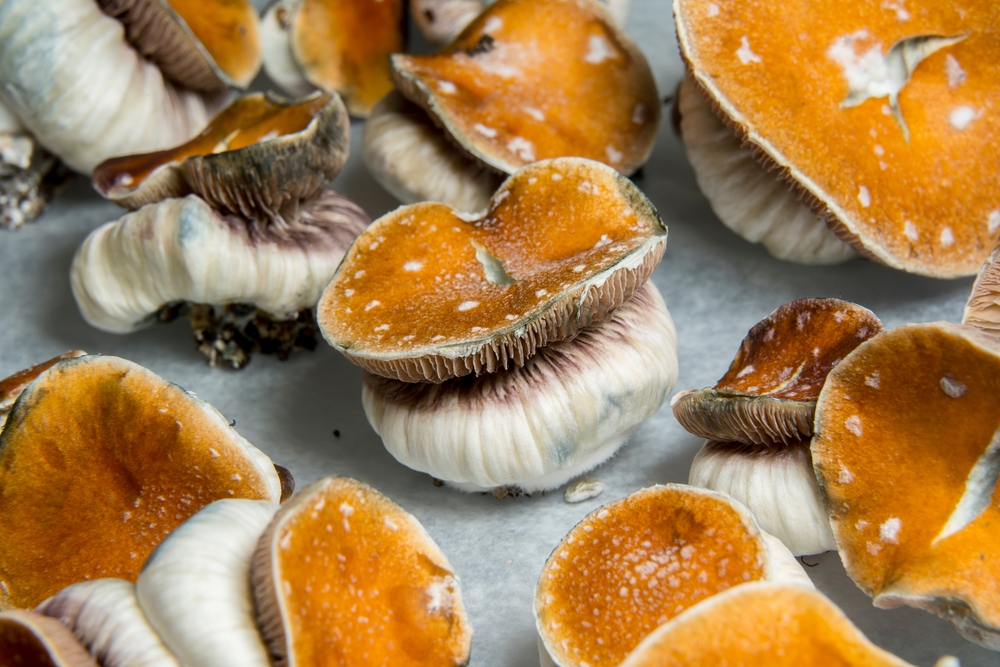
The Scientific Discovery Of Psilocybe Cubensis
The American mycologist Franklin Sumner Earle first described Psilocybe cubensis as Stropharia cubensis in 1906 in Cuba. Then, in 1907, the French pharmacist and mycologist Narcisse Théophile Patouillard identified the species as Naematoloma caerulescens in Tonkin (now northern Vietnam).
In 1941, the American mycologist William Alphonso Murrill discovered the species near Gainesville, Florida, and called it Stropharia cyanescens.
It wasn’t until 1949 when the German-born mycologist Rolf Singer gave the mushroom the name Psilocybe cubensis, after moving it into the genus Psilocybe. Cubensis means “coming from Cuba”, owing to the specimens discovered and described by Earle. It was also at this time that Singer discovered that this mushroom had psychoactive properties.
BREAKING: Oregon is legalizing Psilocybin therapy in early 2023. Click here to get on the waiting list for the first state-approved psilocybin therapy in the United States now!
What The Mushroom Looks Like
Singer divided Psilocybe cubensis into three varieties.
- The nominate, which had a brownish cap
- Murrill’s variety from Florida, which had a pale cap
- The variety from Indochina, which had a more yellowish cap
When bruised, all parts of the mushroom will stain blue. The narrow gray gills can darken to purplish-black and become somewhat mottled with age. The gill edges remain whitish.
Where Psilocybe Cubensis Grows
Psilocybe cubensis is found all over the world. It is a pan-tropical species and grows in the following areas.
- The Gulf Coast states
- Southeastern United States
- Mexico
- Central American countries (Belize, Costa Rica, Guatemala)
- Caribbean countries (Cuba, the Dominican Republic, Guadalupe, Martinique, Trinidad)
- South American countries (Argentina, Bolivia, Brazil, Colombia, French Guiana, Paraguay, Uruguay, Peru)
- Southeast Asia (Thailand, Vietnam, Cambodia, Malaysia)
- India
- Australia (including Tasmania)
- New Zealand
- Fiji
- Zimbabwe
The mushrooms grow on cow (and sometimes horse) dung, sugar cane mulch, or rich pasture soil. In Asia, Psilocybe cubensis grows on water buffalo dung. They appear from February to December in the northern hemisphere, and from November to April in the southern hemisphere.A common question people have is, does the way a magic mushroom grows have an effect on its potency? Dr. Alexander Lebedev of Katharsis Journeys in the Netherlands, “Yes. It is important to recognize that more than a hundred known species of psilocybin mushrooms naturally contain different concentrations of active components, which is further influenced by the area where they grow, soil and amount of insolation. For example, it has been shown that samples of one of the most common species, Psilocybe Cubensis, growing in the dark appear to have higher levels of psilocybin and psilocin, compared to those kept in the light.”
RELATED: Legal Psychedelics: The U.S. Cities Where Psilocybin, LSD And Others Are Decriminalized

The Potency Of Psilocybe Cubensis
These mushrooms have a moderate level of potency. A typical cubensis mushroom contains 0.63 percent psilocybin and 0.60 percent psilocin–though certain more potent strains can contain up to nearly twice that much. These are the two main psychedelic alkaloids of any psilocybin mushroom. Psilocin is what causes the psychedelic effects. Psilocybin is a prodrug and converts into the psychoactive compound psilocin when it is processed by the body.
Psilocybe cubensis contains moderate amounts of psilocybin. By way of comparison, Psilocybe azurenscens, considered the most potent type of psilocybin mushroom, typically contains 1.78 percent psilocybin while Psilocybe liniformans, a low potency mushroom, typically contains only 0.16 percent psilocybin.
However, Psilocybe cubensis contains some of the highest levels of psilocin. P. azurenscens, for example, typically contains 0.38 percent psilocin while P. semilanceata (or liberty caps, another commonly used psilocybin mushroom) contain only 0.02 percent psilocin.
The Different Strains Of Psilocybe Cubensis
Psilocybe cubensis now has many different strains, some of which have become popular and well-known. These strains differ in appearance, how fast they grow, what conditions they prefer, potency, and effects.
These varieties, which have been either discovered in the wild or bred deliberately by growers, include:
- Golden Teachers
- B+ Cubensis
- Blue Meanie Mushrooms
- Cambodian
- Penis Envy
- Orissa India
- PF Classic
- Alacabenzi
- Z-Strain
- Florida White (F+)
- Amazonian
- A+ Cubensis
- Mazatapec
- Hawaiian
- Thai
Some of the most popular strains include Golden Teacher, B+ Cubensis, Blue Meanie, and Penis Envy. Many people prefer Penis Envy mushrooms, for instance, because they are consistently more potent than all other Psilocybe cubensis varieties. Users find that these mushrooms offer a more intense and visual experience.
Psilocybe Cubensis Dosages
As a moderately potent psychedelic, shroom dosages for Psilocybe cubensis will differ somewhat from the more potent (and less potent) species out there.
- Microdose: 0.1-0.2g
- Mild psychedelic effects: 0.25-1g
- Moderate psychedelic effects: 1-2.5g
- Strong psychedelic effects: 2.5+g
If taking 3.5g or more of Psilocybe cubensis mushrooms, the dose may be high enough to induce a mystical experience, which we will describe in the section below.
The Psilocybin Experience
When consuming Psilocybe cubensis mushrooms, your mushroom trip experience can bring a range of effects. The intensity of these effects will, of course, depend largely on the dose you take.
This experience is why there is a growing interest in psilocybin as a therapy for a multitude of mental health issues. According to Erin Carpenter, LCSW and owner of PsychedelicGrowth.net in Boulder, Colorado, “Psilocybin mushrooms have shown to be promising new treatment for a variety of mental health conditions in clinical trials.”
The effects will also vary according to factors like your set (e.g. personality, mood, life situation, your past, your expectations and intentions going into the trip) and setting (e.g. tripping alone vs. with others, where you trip, the music you listen to).
Psilocybe Cubensis in a Therapeutic Setting
When it comes to using psilocybin for therapy, Dr. Luigi Espasiano of Katharsis Journeys in the Netherlands has a lot of experience, “Historically, psilocybin-containing mushrooms have extensively been used in the ceremonial context for spiritual and healing purposes. Today, Psilocybe Cubensis is perhaps among the most commonly used entheogenic fungi in recreational settings due to high versatility and ease of cultivation.”
Dr. Espasiano continues, “There are more than 60 strains of P. Cubensis varieties with different concentrations of active compounds and somewhat varying potency and characteristics of their effects. However, as we know today, phenomenology of psychedelic experience is not only influenced by a particular strain or dose, but also depends on a number of contextual factors.”
Is Psilocybe Cubensis Well Suited for Therapy?
According to Juan Guillermo Garcia Esquivel, pharmaceutical chemist and biologist at Sayulita Wellness Retreat in Sayulita, Mexico, “Yes, psilocybe cubensis mushrooms are well suited for psilocybin-assisted therapy. This is due to several factors. Firstly, psilocybe cubensis mushrooms are known to produce high levels of psilocybin, the psychoactive compound responsible for the therapeutic effects of psilocybin-assisted therapy. Secondly, psilocybe cubensis mushrooms have a relatively low level of toxicity, making them safer to use compared to other strains of psilocybin-containing mushrooms. Additionally, psilocybe cubensis mushrooms are relatively easy to cultivate, which makes them more readily available for therapeutic use.”
If taking greater than a microdose of these mushrooms, you may experience the following changes.
- Color changes, objects morphing, seeing geometric patterns, having visions
- Distortions in sounds, such as an echoing effect
- Euphoria, joy, bliss, contentment, fear, anxiety
- Increased creativity or an impairment in your ability to remember or form sentences the way you normally would
- Introspection. Increased attention to one’s internal states, gaining new perspectives on oneself, one’s life, and relationships
- Nausea, body load, pupil dilation, sweating
- With a higher dose of Psilocybe cubensis, you may experience “ego death“. This is a feeling of timelessness and/or spacelessness, ineffability, a sense of the sacred or divine
- Connection to yourself, those around you, or the natural world
Before taking a dose of psilocybin mushrooms, think about what kind of experience you want to have and why you want to have it. You should also select a dosage based on these intentions.
For instance, if you dose high, be ready for the possibility of mystical effects. This experience would not be suitable in a recreational context.
RELATED: Where Are Psychedelics Legal Around the Globe? Here’s Everything You Need To Know
The Legal Status Of Psilocybe Cubensis
In most countries around the world, Psilocybe cubensis is illegal. This is because it contains the controlled substance psilocybin.
Rather than list all the countries where the mushroom is prohibited for cultivation, possession, sale, and transport, it will be easier to note where it — along with other psilocybin mushrooms — is either decriminalized or legalized.
In places where magic mushrooms are decriminalized, you won’t be arrested and prosecuted for possessing and using them. But the sale of them will still be prohibited.
On the other hand, where these mushrooms have been legalized, residents may commercially cultivate, sell, and transport.
Where Psilocybin Mushrooms Are Decriminalized
A wave of psychedelic decriminalization and legalization initiatives have swept across the United States in the last four years. Thanks to these changes, you can grow and use Psilocybe cubensis and other magic mushrooms without interference from local law enforcement in the following places.
- Colorado
- Oregon
- Oakland, Santa Cruz, Berkeley, and Arcata California
- Washington D.C.
- Somerville, Cambridge, Northampton and Easthampton, Massachusetts
- Ann Arbor, Washtenaw County, Hazel Park, and Detroit Michigan
- Seattle and Port Townsend, Washington
- Evanston, Illinois
In many parts of Canada psilocybe cubensis mushrooms are tolerated. There are mushroom dispensaries in Vancouver that the police are allowing to operate. These shops sell cubensis.
Where Psilocybin Mushrooms Are Legal
The below are places where magic mushrooms can be legally grown, sold, and transported.
- The Bahamas
- Brazil
- Jamaica
- Nepal
- Samoa
It’s worth noting that magic mushroom spores, including those of Psilocybe cubensis and all its strains, are legal to possess in most of the U.S., except in the states of California, Idaho, and Georgia. So if you are a U.S. citizen and don’t live in these three states, you can legally buy and own Psilocybe cubensis spores.
As soon as you cultivate these mushrooms, you will then be engaging in an illegal act, according to federal law. This is because when the spores begin to germinate, they can form mycelium and then mature mushrooms, which contain the illicit compound psilocybin.
In addition, while “magic truffles” — which do contain psilocybin — are legal in the Netherlands, they do not come in the Psilocybe cubensis variety.
Across North America, the legal landscape surrounding psilocybin mushrooms is continually evolving. Soon, psilocybin dispensaries may make them legal to buy, cultivate, and possess. But until that happens, many users are relying on illegally picking, cultivating, or buying Psilocybe cubensis mushrooms.
This potentially puts them at risk of facing legal penalties. This is why many people prefer to take Psilocybe cubensis mushrooms in a legal, retreat setting, in countries like Jamaica, where such retreats are thriving.
Learn More About Magic Mushrooms Strains
Interested in learning more about the different varieties of magic mushrooms strains? Click through our menu below for a deeper dive into each strain.

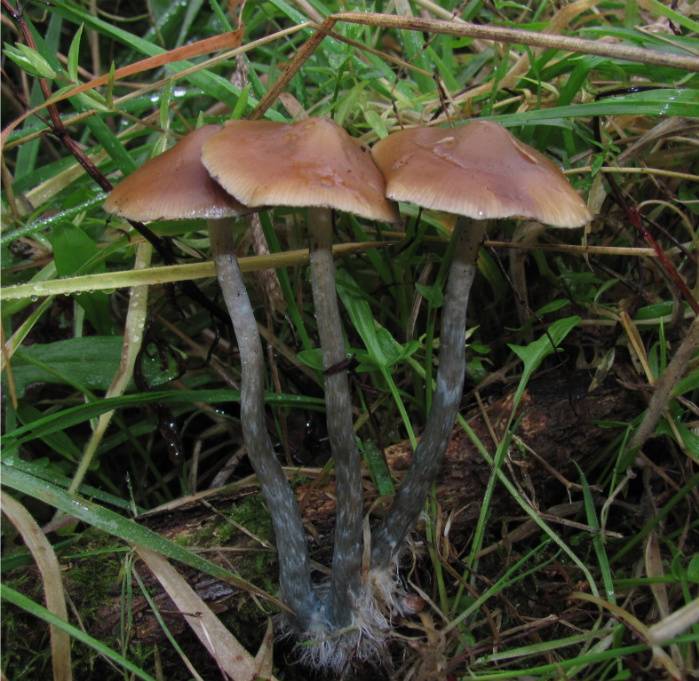
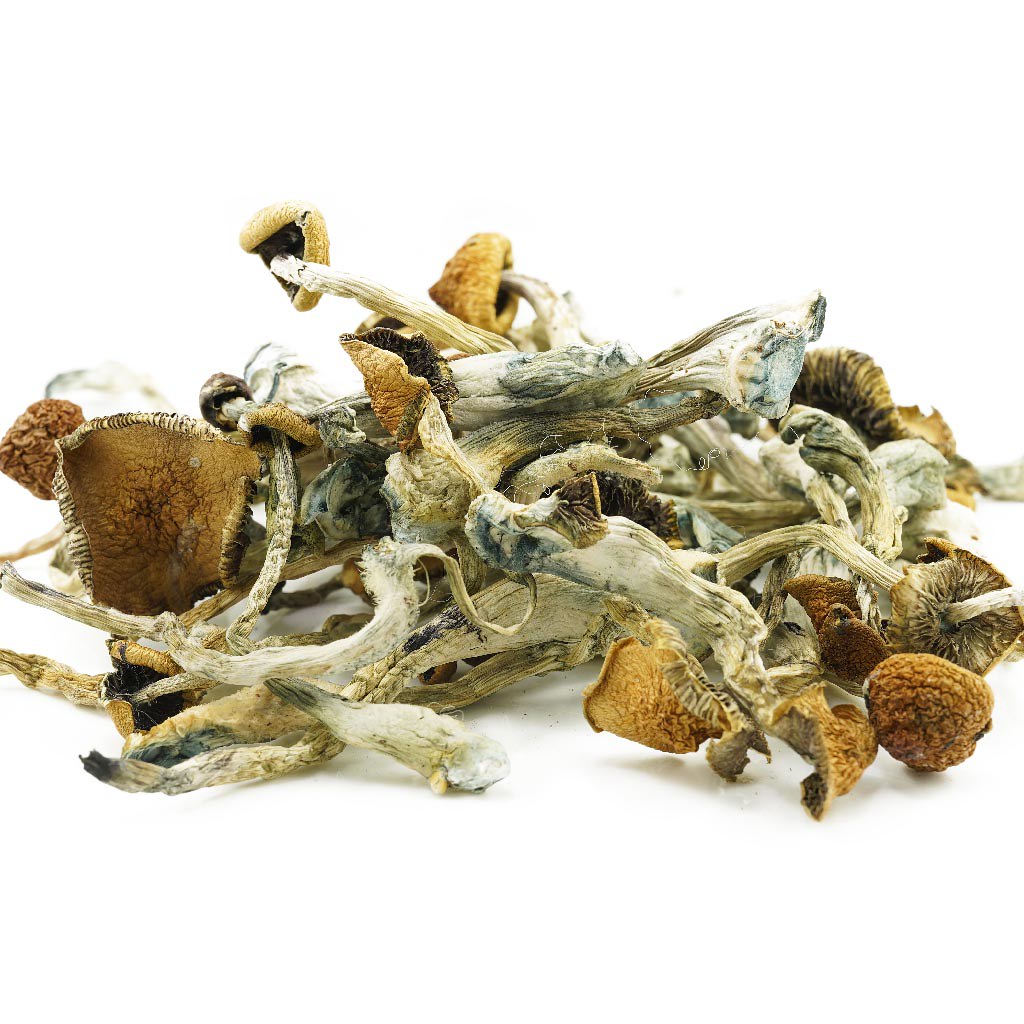
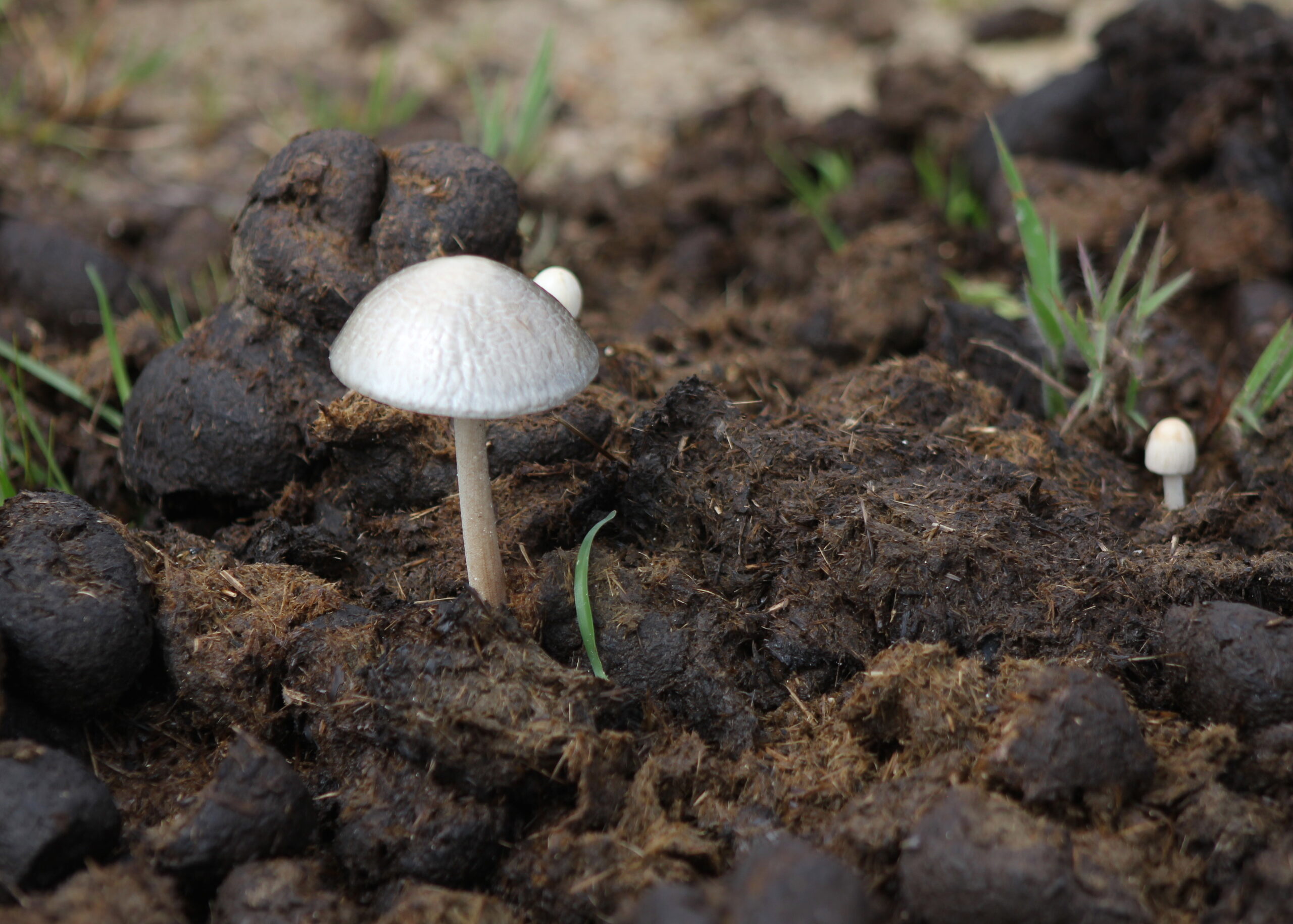
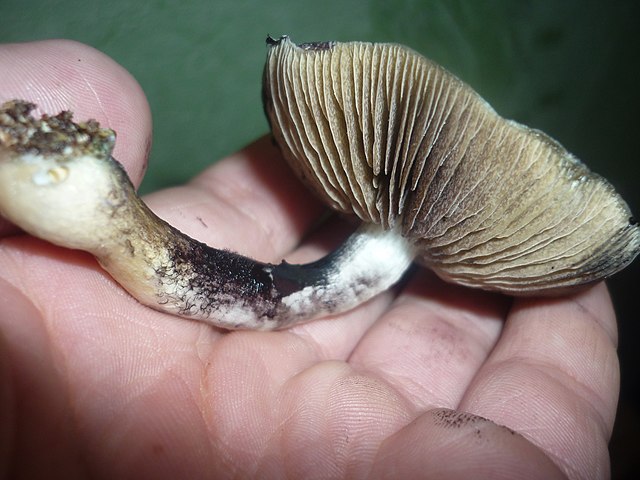
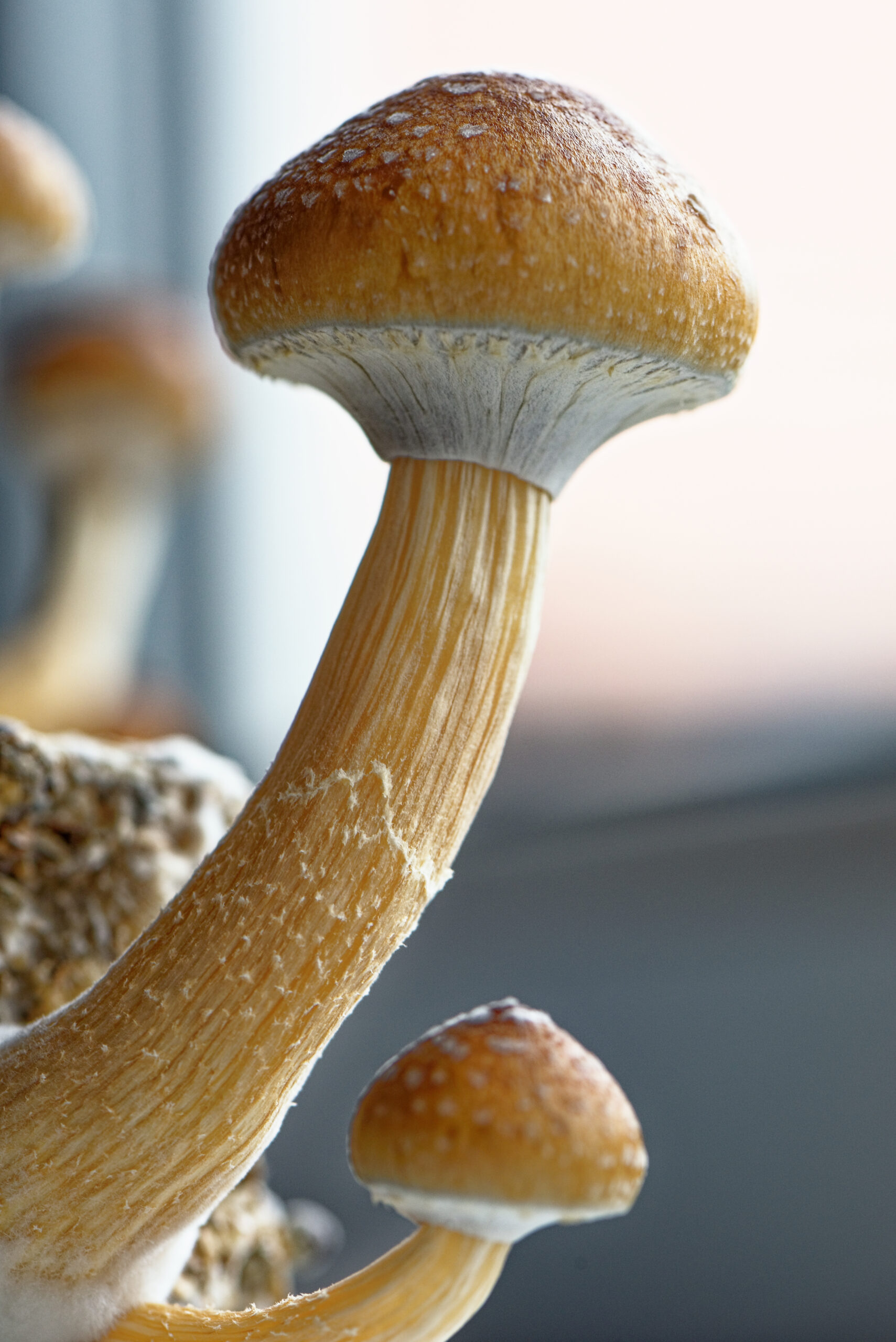
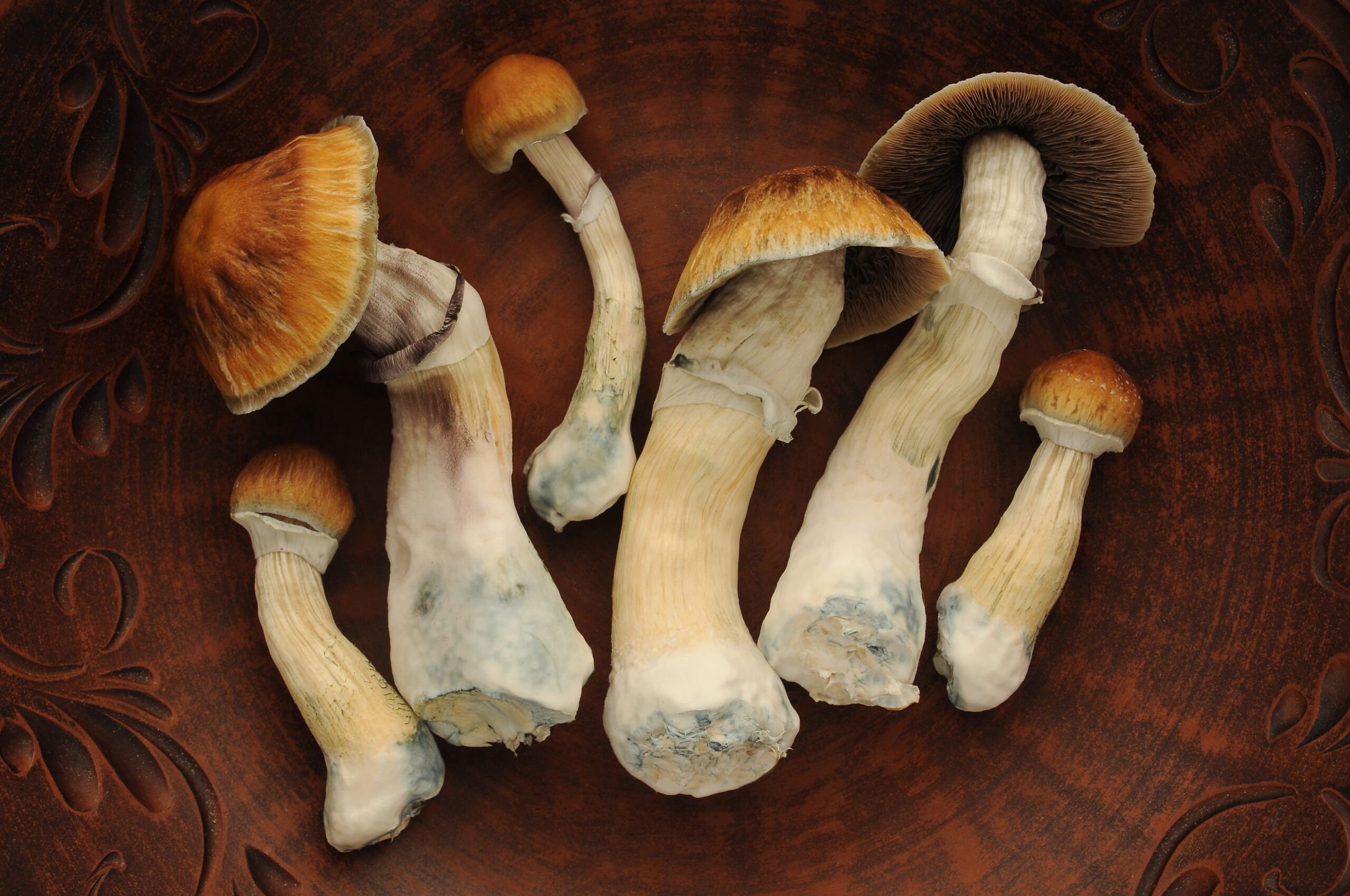

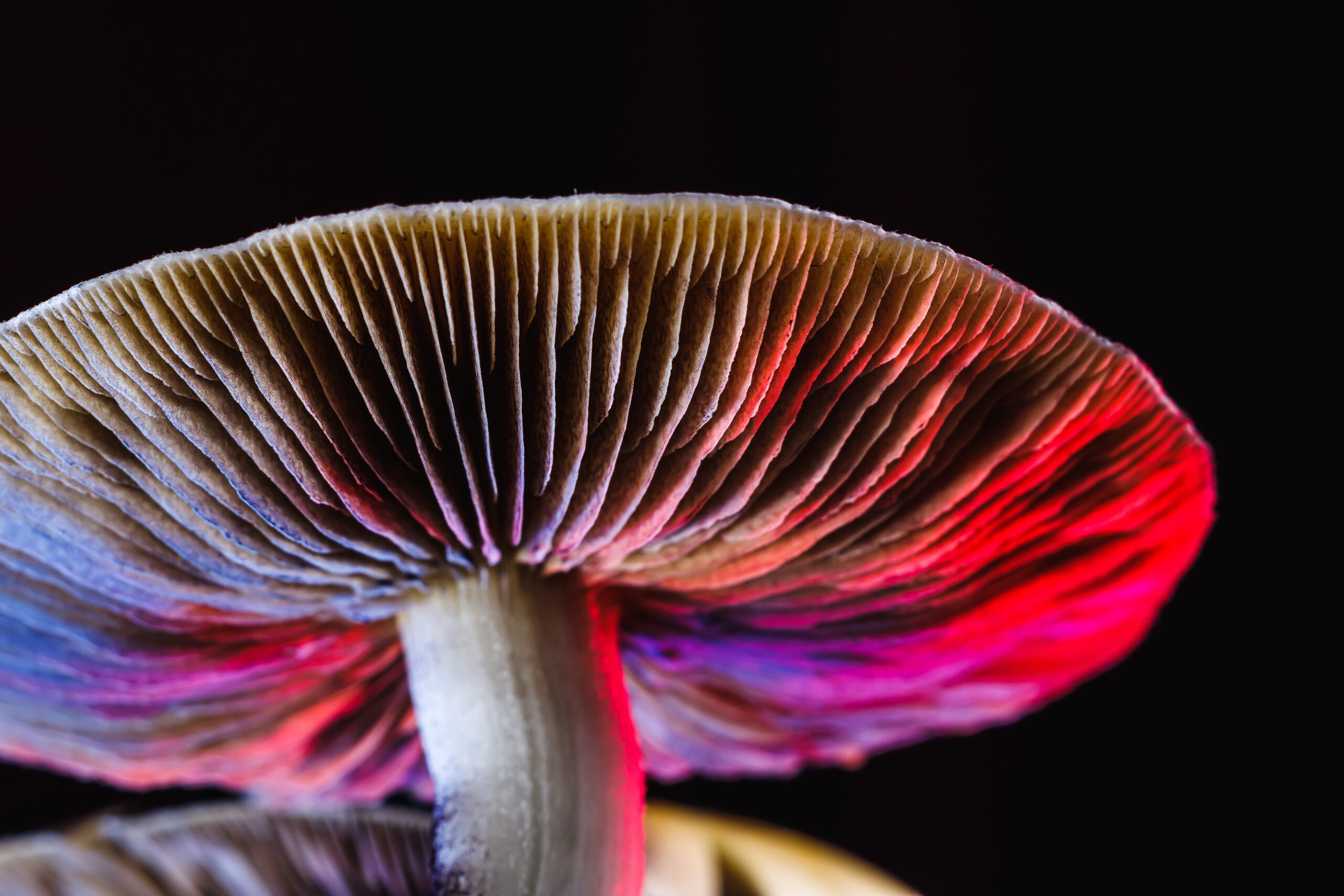
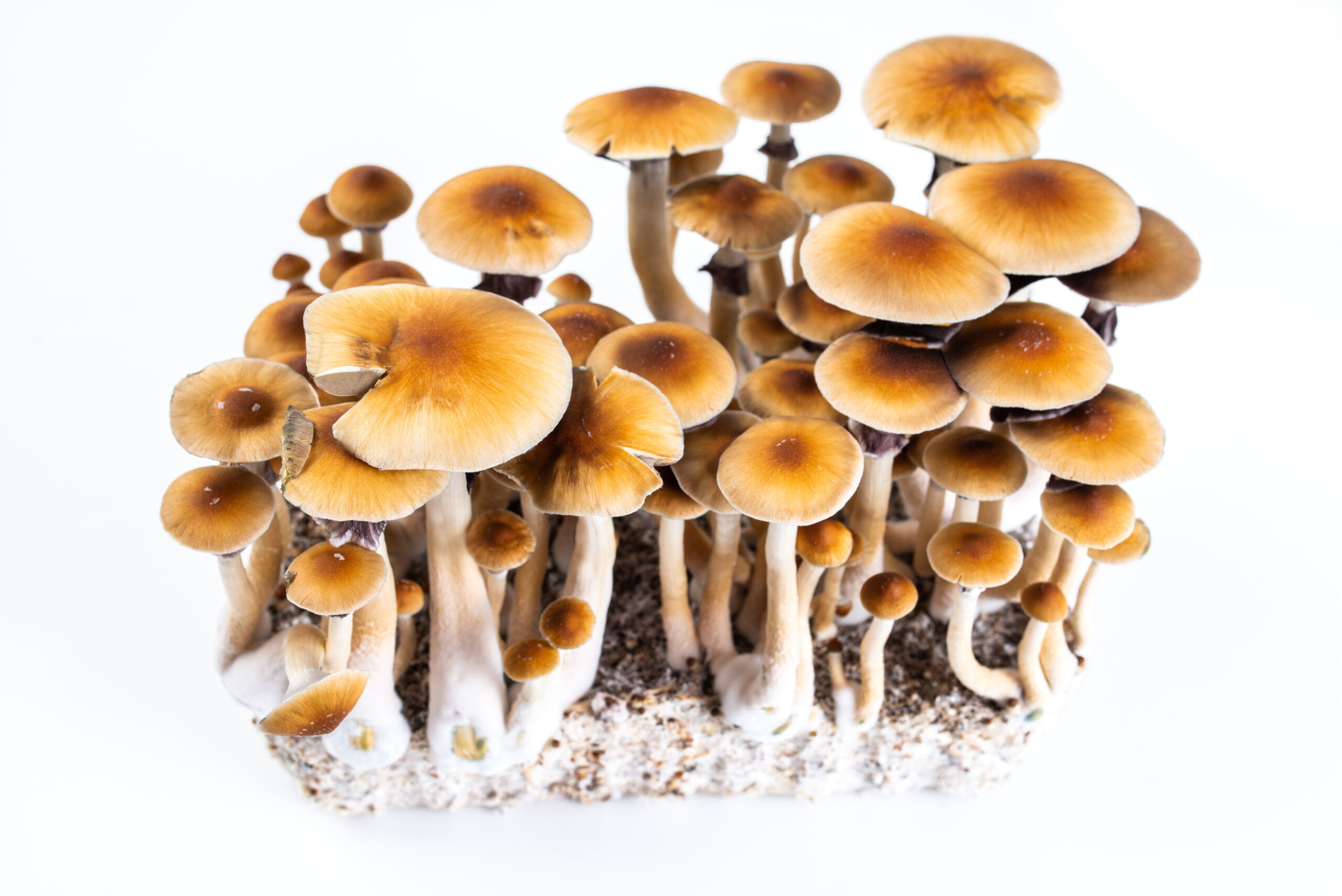
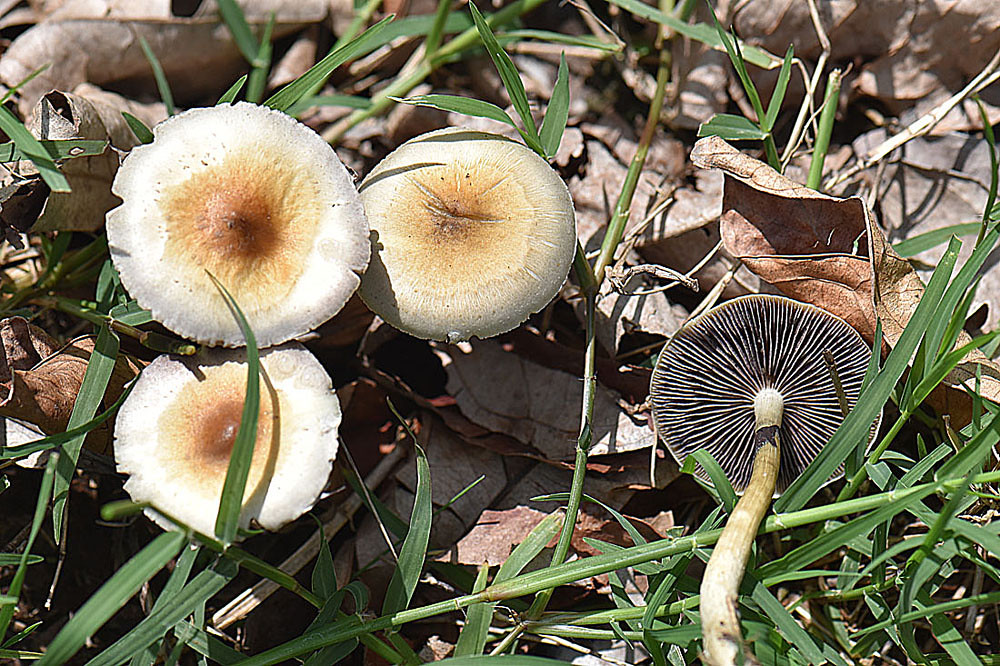
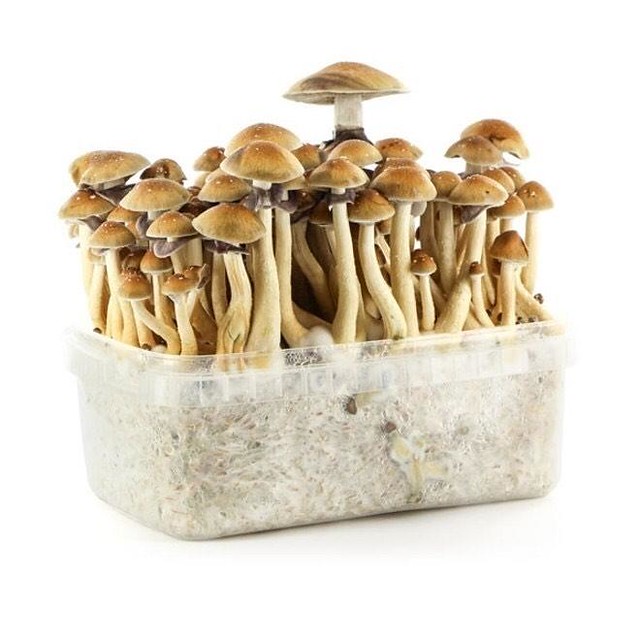
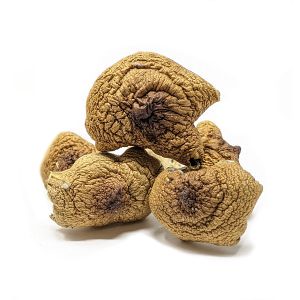
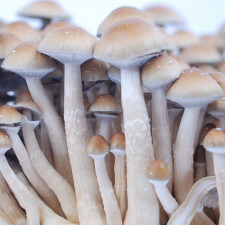

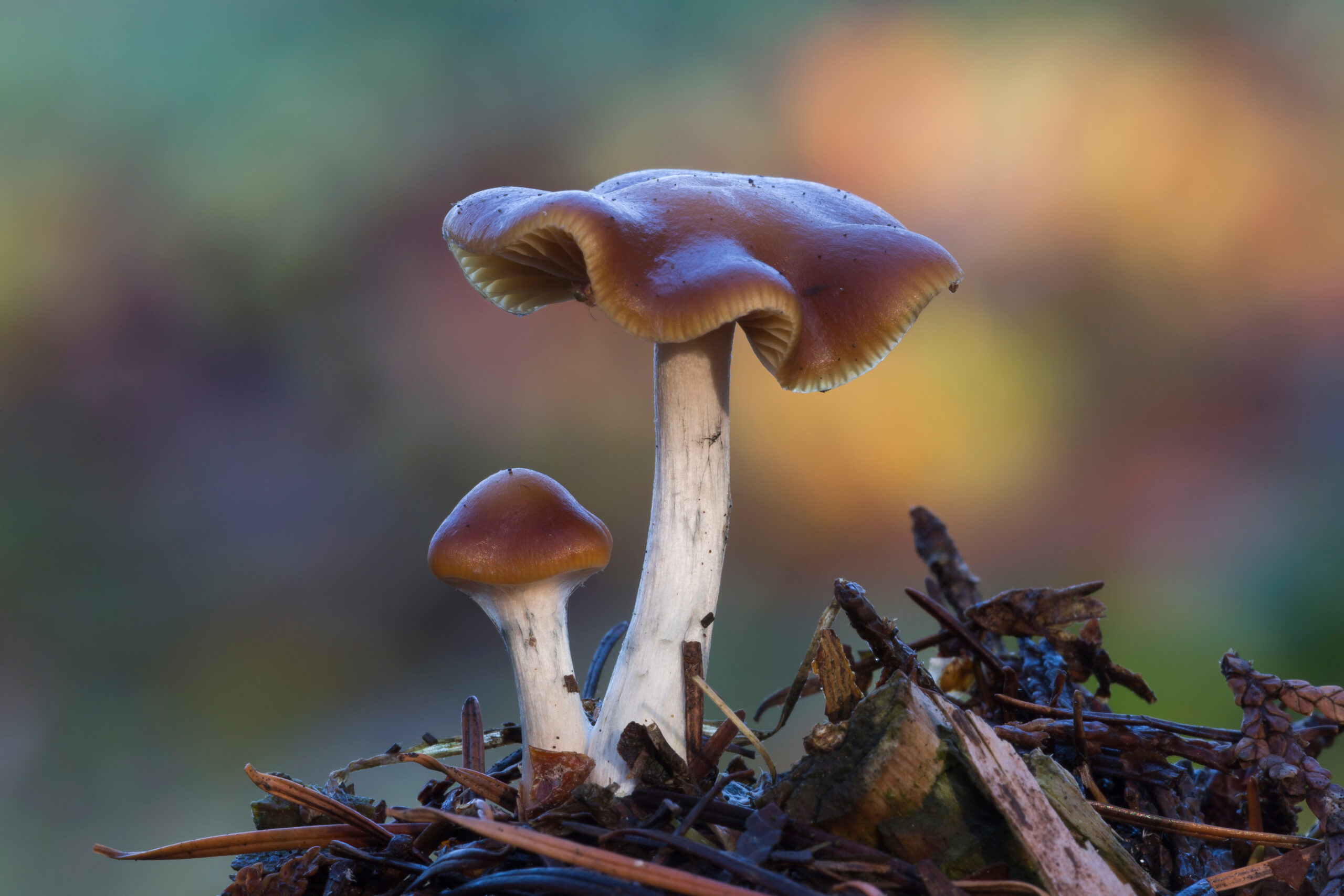
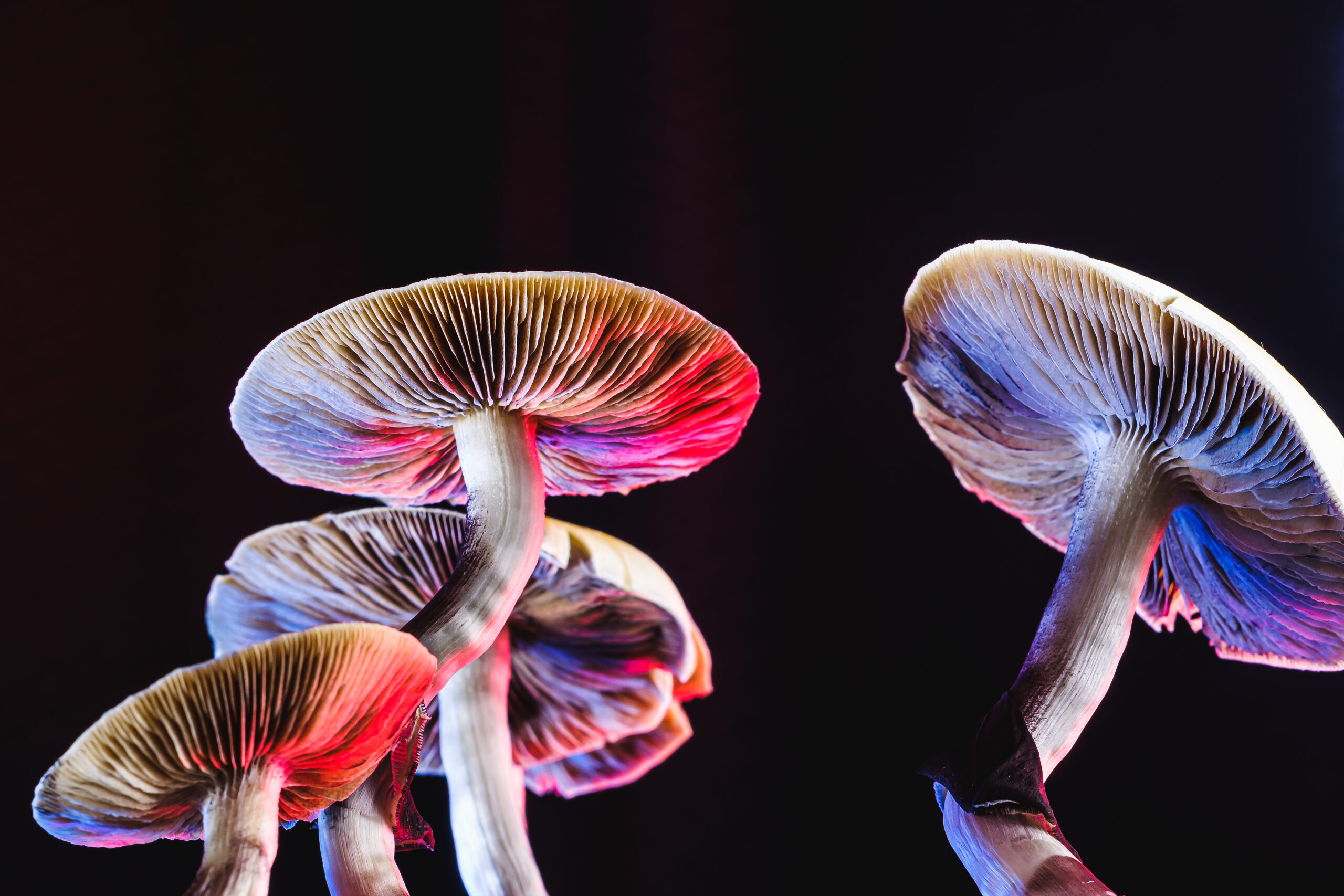
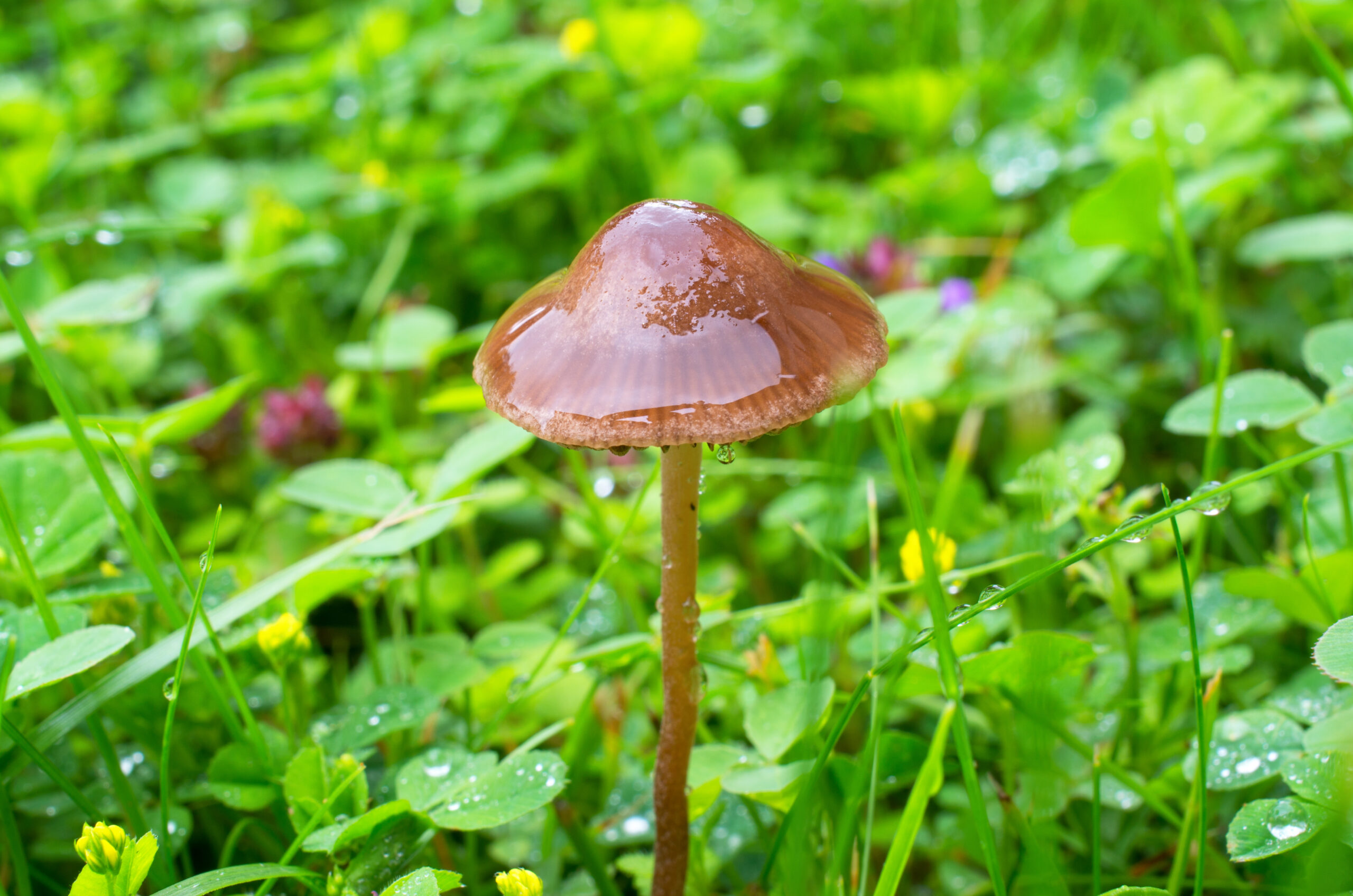
Colorado and Oregon: The Most Liberal Laws
The biggest changes to the legality of psilocybe cubensis in the United States is no doubt Colorado and Oregon.
In Colorado, any kind of psilocybin-containing mushroom is legal to grow, use and give away. Cubensis can also be used in ceremonial contexts, as part of religious use or in a therapeutic setting–provided that people don’t buy or sell the mushrooms themselves.
Oregon decriminalized all drugs. Anyone caught with psilocybe cubensis–outside of the mushroom centers–faces at most a fine.
The ‘Standard Candle’ of Psychedelic Mushrooms
Psilocybin-containing mushrooms are increasingly showing up in healing circles and head shops and our culture. As that happens, more species of mushrooms are becoming more well known. Enthusiasts are learning to grow all kinds of species.
Yet it seems likely that psilocybe cubensis will remain the most popular, most well-known and most easy-to-use mushroom in the world. Psilocybe cubensis are the standards by which other mushrooms are judged. They are leading the psychedelic renaissance.
Whether they deserve a place in your medicine cabinet is up to you.

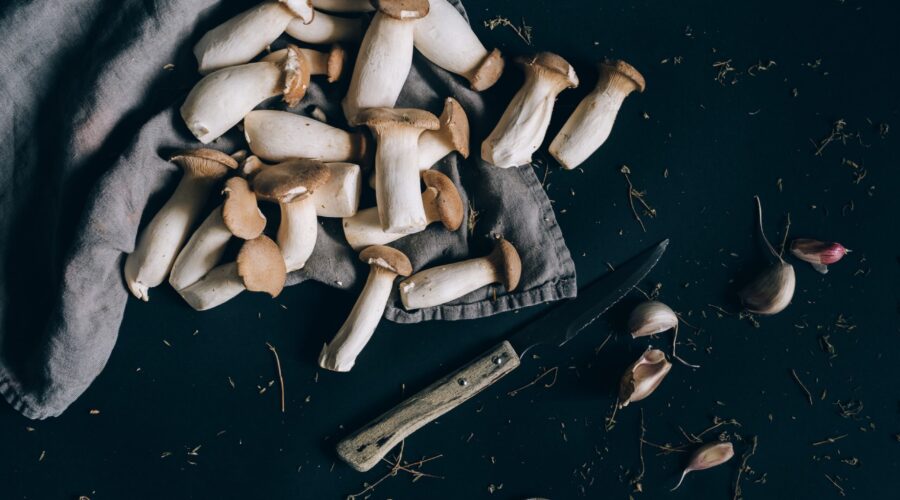


Philosopher
September 1, 2023 at 9:59 pmHello: I hear much about a strain called white albino,is there such a strain?